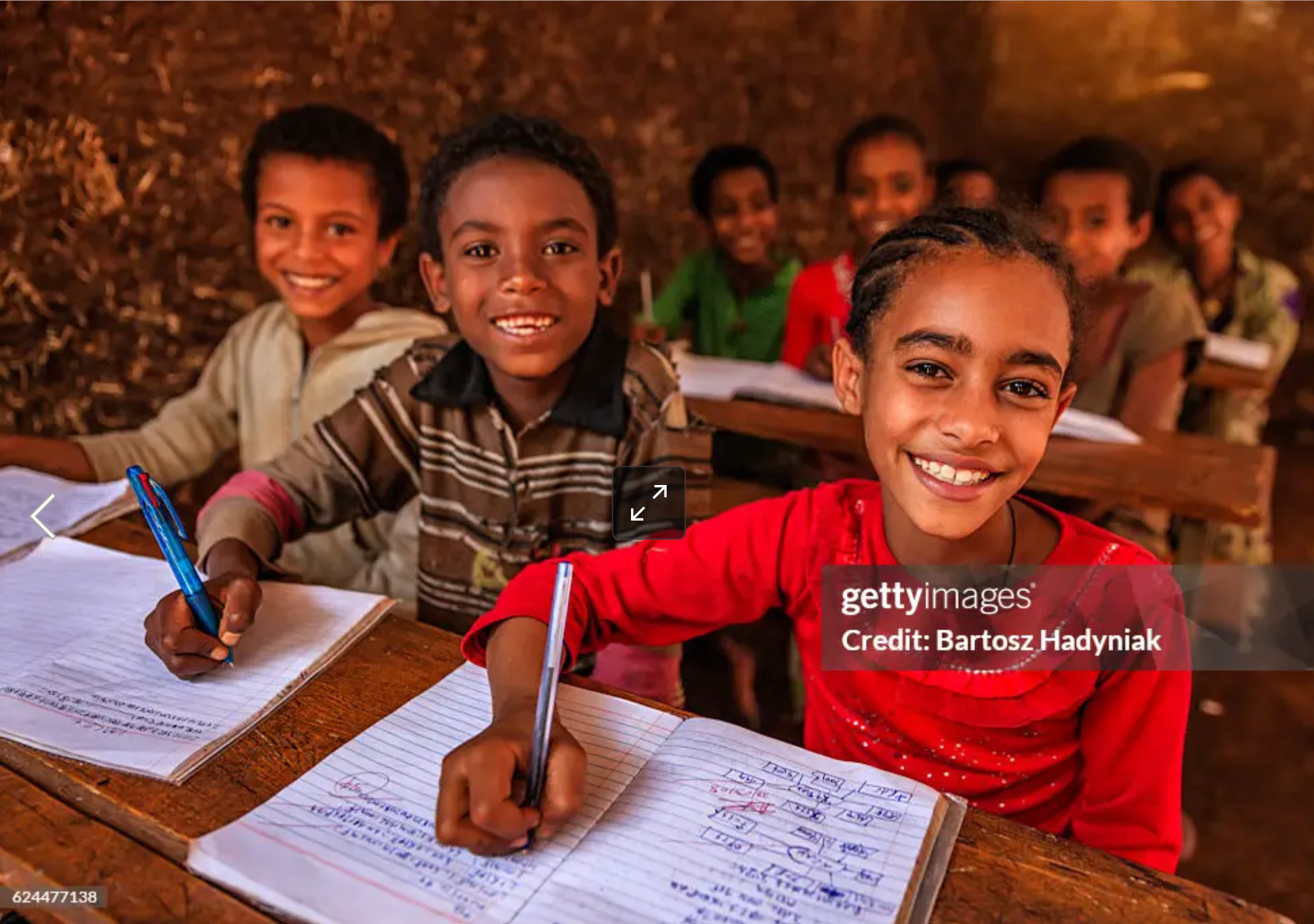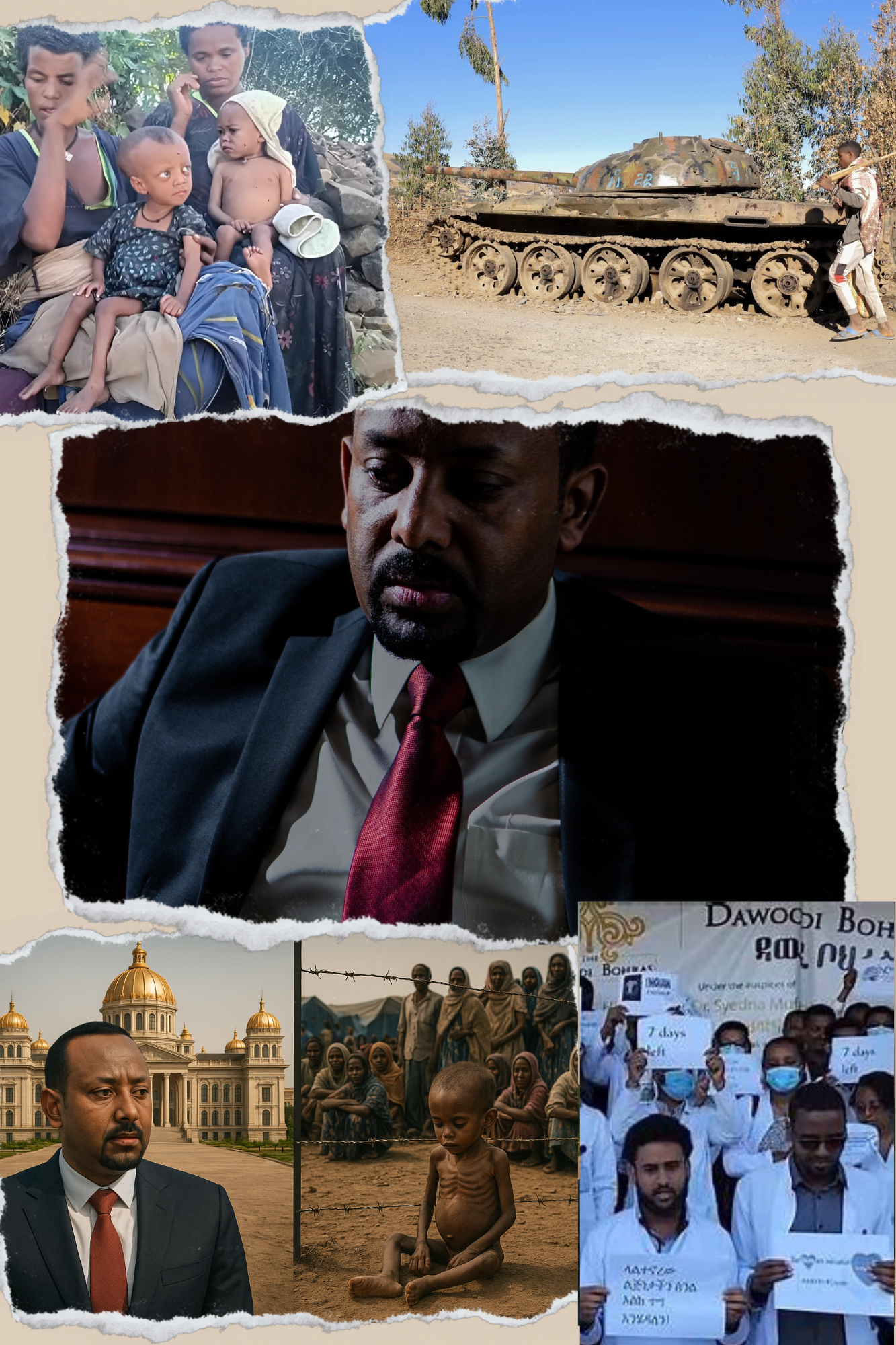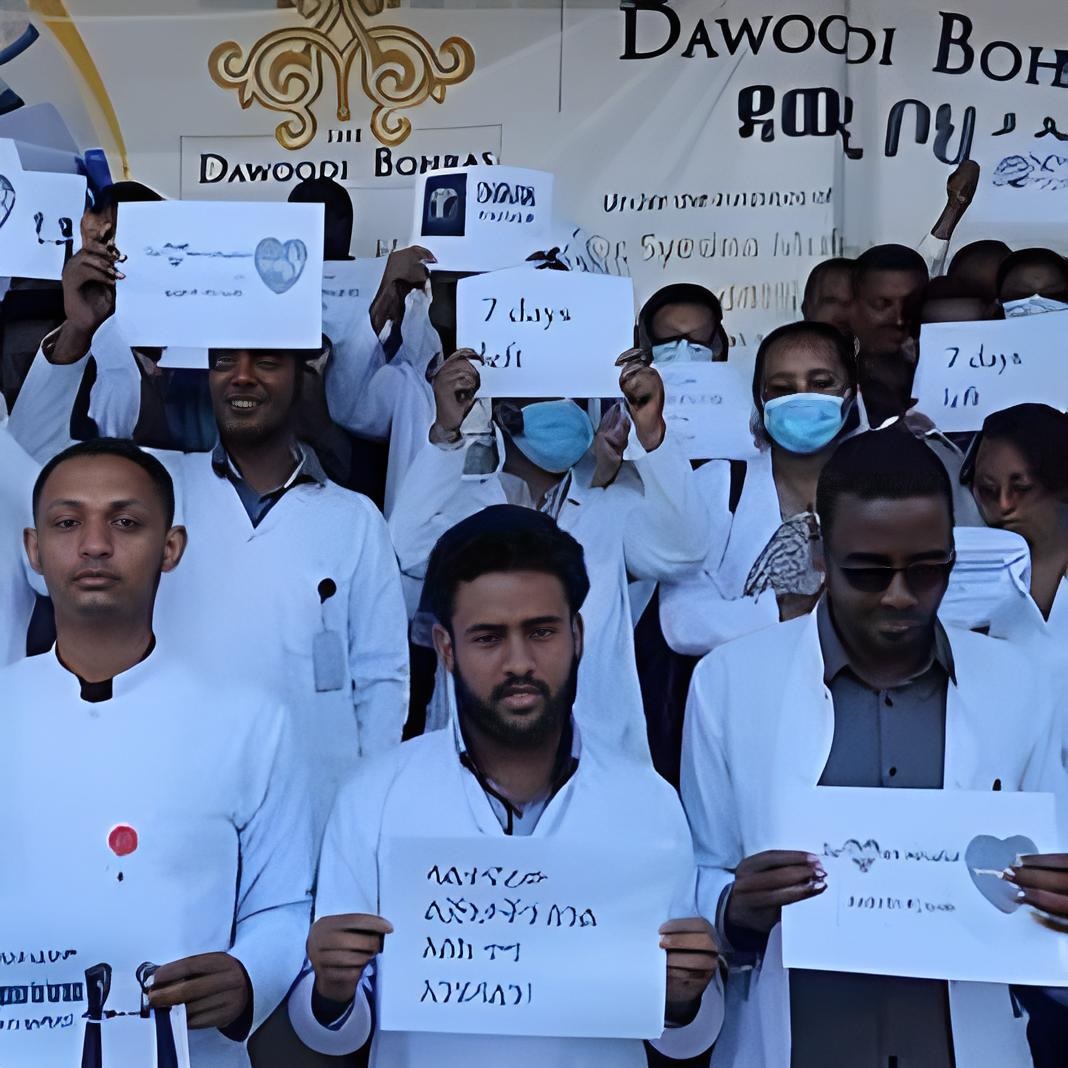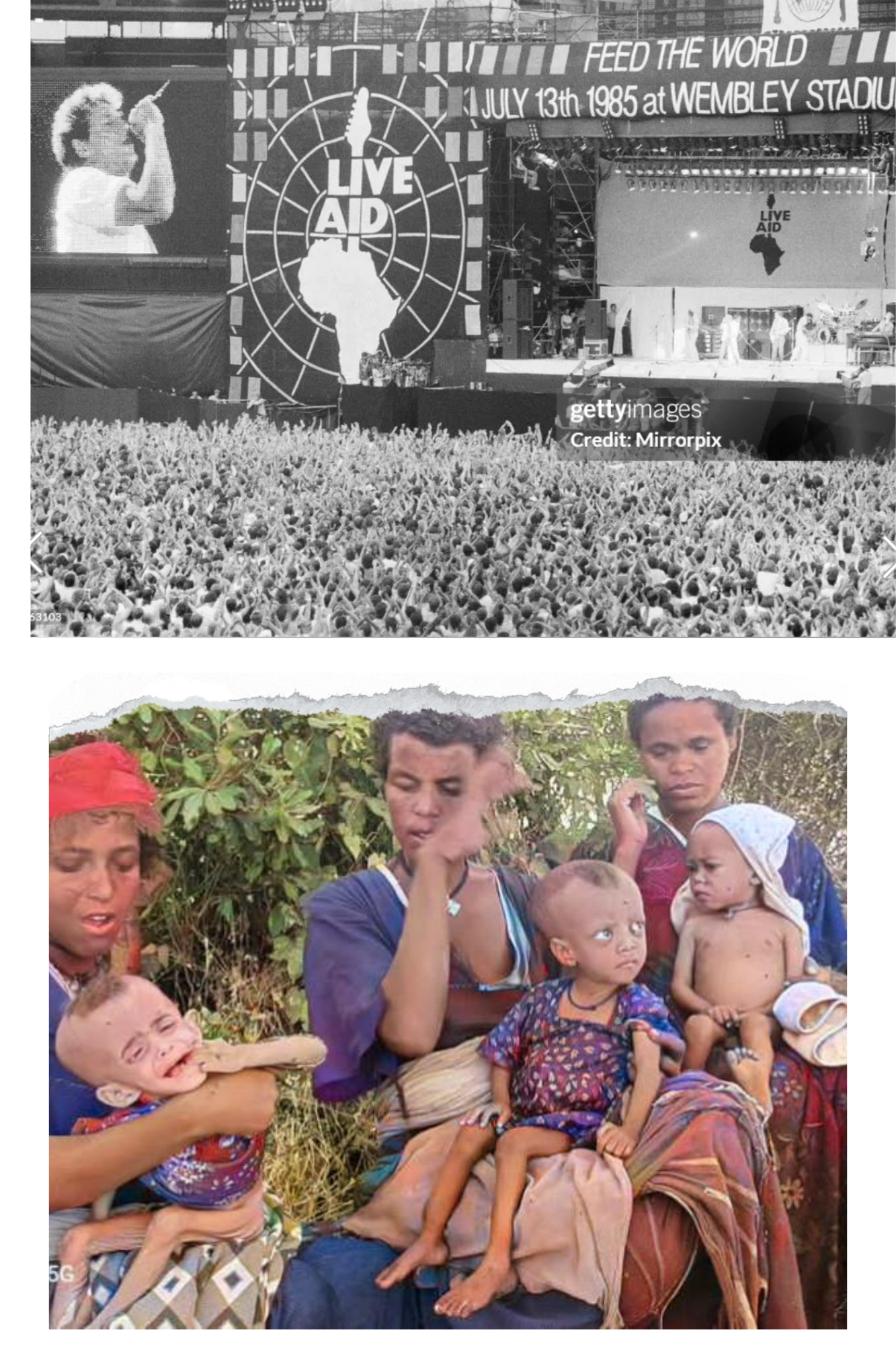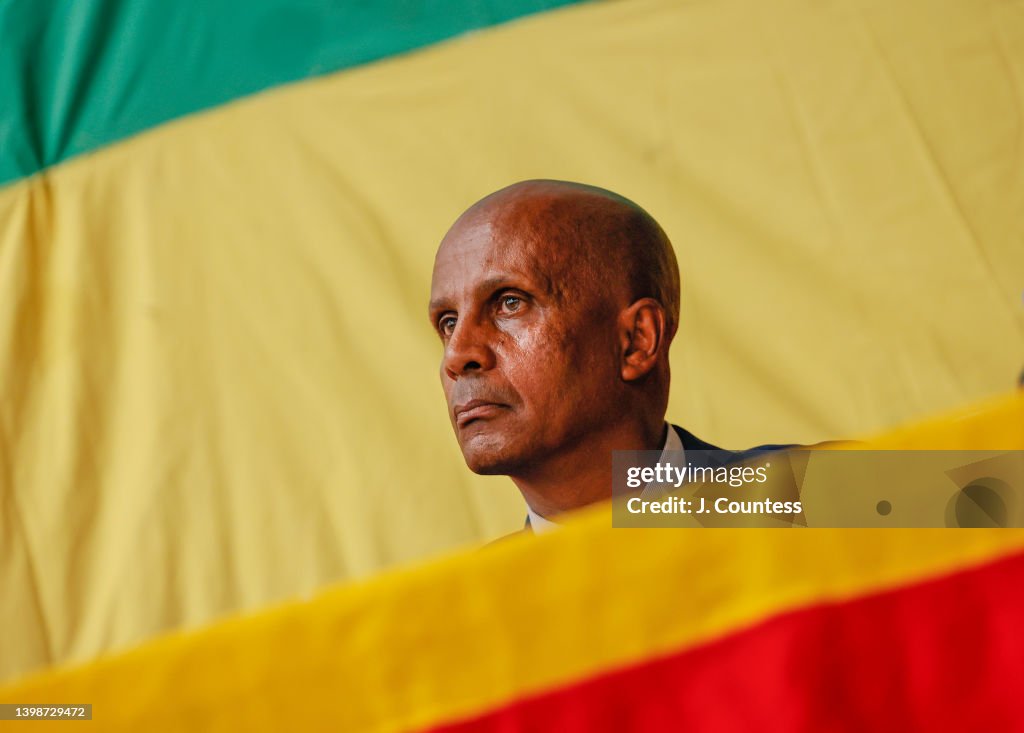
Introduction
The Amhara Fanno movements have achieved significant milestones in mobilizing the Amhara people, weakening the bureaucratic and military apparatus of the government, exposing the heinous war crimes committed against the Amhara people, and raising international awareness of the Amhara cause.
However, as is often the case with popular revolts and historically decentralized movements like the Fanno, the current Amhara Fanno movement is also marked by decentralization. Many who resented the government have taken up arms, and former Amhara Special Force members have organized into various regiments to fight the government.
The root cause of the Amhara struggle lies in centuries-old hatred, enmity, demonization, and atrocities—including genocide, crimes against humanity, and war crimes—perpetrated against the Amhara people from the era of Fascist Italy through the Tigray People’s Liberation Front (TPLF) and into the current government under Abiy Ahmed (including attacks by the Oromo Liberation Front(OLF) as a non-state actor – at times as a state actor aligned with the Oromo Prosperity Party).
The root cause of the Amhara struggle lies in centuries-old hatred, enmity, demonization, and atrocities—including genocide, crimes against humanity, and war crimes—perpetrated against the Amhara people from the era of Fascist Italy through the Tigray People’s Liberation Front (TPLF) and into the current government under Abiy Ahmed (including attacks by the Oromo Liberation Front(OLF) as a non-state actor – at times as a state actor aligned with the Oromo Prosperity Party).
The immediate cause of the Fanno struggle was the government’s plan to disarm and dismantle the Amhara Special Force and the Fanno, despite ongoing threats from the OLF and TPLF. Despite the significant sacrifices endured by the Amhara people, largely due to deliberate attacks on civilians by government forces, the Fanno have effectively resisted military offensives, weakened the government’s military position, and mobilized, trained, and organized the youth. However, the movement has struggled to unify under a single military and political leadership. This does not mean the Fanno lacks hierarchical order and leadership; each branch, such as those in Gojjam and Wollo, Gonder and Shewa has its own leadership.
However, the movement has struggled to unify under a single military and political leadership. This does not mean the Fanno lacks hierarchical order and leadership; each branch, such as those in Gojjam and Wollo, Gonder and Shewa has its own leadership.
Efforts have been made to create unified military and political leadership within the Amhara Fanno. The Amhara Fanno in Gojjam has set an example by establishing unified political and military leadership. This has inspired similar efforts in Wollo, Gonder, and Shewa. The goal is that if these four regions can each form cohesive leadership within their areas, it will facilitate the formation of a single Amhara leadership that represents these regions based on skills, equity, equality, inclusiveness, military power, and success. Remarkable progress has been made despite the active conflict with the government.
The goal is that if these four regions can each form cohesive leadership within their areas, it will facilitate the formation of a single Amhara leadership that represents these regions based on skills, equity, equality, inclusiveness, military power, and success. Remarkable progress has been made despite the active conflict with the government.
However, the recent announcement of the formation of the Amhara Fanno Popular Organization (AFPO) has fallen short of including all influential groups, failing to garner widespread support. The Amhara Fanno in Gojjam was the first to express its dissatisfaction with this new organization and leadership and others that are excluded have followed.
Eskindir Nega in Leadership
Some believe that electing Eskindir Nega as a leader could help transcend regionalism among the Amhara fighters, as he is not exclusively tied to a single region. They argue that his reputation and respect could aid diplomatic efforts and coalition-building with non-Amhara forces.
However, others are opposed, citing his past failures in leading organizations effectively, potential undue influence from other Ethiopianist forces, and his motto, “The beginning of our struggle is Amhara, and the destination is Ethiopia.” For the millennial and Gen-Z generations, who have suffered significantly under the TPLF and the Prosperity Party, the idea of sacrificing for Ethiopia by the blood of Amhara youth is unacceptable, especially when other ethnic groups are either indifferent to the suffering of the Amhara or actively participating in or supporting crimes against them.
“The beginning of our struggle is Amhara, and the destination is Ethiopia.” For the millennial and Gen-Z generations, who have suffered significantly under the TPLF and the Prosperity Party, the idea of sacrificing for Ethiopia by the blood of Amhara youth is unacceptable, especially when other ethnic groups are either indifferent to the suffering of the Amhara or actively participating in or supporting crimes against them.
Our Beginning is Amhara, and Our Destination is Amhara
As stated above, the millennial and Gen-Z generations of the Amhara peopel want their struggle to focus solely on Amhara—whether at the inception, core, or goal of the struggle. The Fanno struggle should revolve around securing the rights and interests of the Amhara people. These generations believe that Ethiopia is not solely the responsibility of the Amhara people.
I am part of these generations, advocating for Amhara rights and interests since my undergraduate years for over a decade. We were few in number when we began, sacrificing economic opportunities, social relationships, time, energy, money, and our freedom. Now, our advocacy has borne fruit, and millions have joined the cause, ready to make the ultimate sacrifice for the Amhara people. Our struggle does not target any other communities or aim to dismantle Ethiopia. Rather, it seeks to defend Amhara rights and interests and halt attacks against Amhara that have persisted for nearly a century, intensified during the TPLF and Prosperity Party regimes.
Now, our advocacy has borne fruit, and millions have joined the cause, ready to make the ultimate sacrifice for the Amhara people. Our struggle does not target any other communities or aim to dismantle Ethiopia. Rather, it seeks to defend Amhara rights and interests and halt attacks against Amhara that have persisted for nearly a century, intensified during the TPLF and Prosperity Party regimes.
The new generation believes that the Amhara people stand solely for Amhara causes. They believe that Ethiopia is a project for all ethnic groups, including the Amhara, and that Amhara sacrifices should only secure Amhara interests and rights. The Fanno struggle will engage with other Ethiopians only when necessary to discuss Ethiopia’s future or to secure the rights and interests of the Amhara people living throughout the country. Fanno leaders have explicitly expressed their intention to work with any group that stands for freedom, democracy, the rule of law, and justice in Ethiopia.
The Fanno struggle will engage with other Ethiopians only when necessary to discuss Ethiopia’s future or to secure the rights and interests of the Amhara people living throughout the country. Fanno leaders have explicitly expressed their intention to work with any group that stands for freedom, democracy, the rule of law, and justice in Ethiopia.
Way Out
Eskindir Nega is a respected figure known for his disdain for fame and opportunism and his commitment to freedom, justice, and democracy. While he may have made mistakes throughout his political career, this does not make his past and present contributions obsolete. The narrative portraying Eskindir Nega as the problem child of Amhara should be stopped. The hatred and threats against him, his comrades, and the Amhara struggle must cease immediately. The Fanno leadership recognizes his potential and the role he can play in the struggle.
The narrative portraying Eskindir Nega as the problem child of Amhara should be stopped. The hatred and threats against him, his comrades, and the Amhara struggle must cease immediately. The Fanno leadership recognizes his potential and the role he can play in the struggle.
Eskindir should avoid divisive actions and instead be part of the Fanno leadership, not as a chairman, in a role that suits his skills and experiences. He should publicly acknowledge the recent organizational missteps, dissolve the contested organization, and work towards a single, unified, and strong Fanno leadership. He must understand that the Amhara people will not continue to sacrifice for the rule of law and democracy for the entire country but will play their part as one of its constituents. He should encourage his comrades across Amhara regions to follow the hierarchical order of the Fanno brigades and transfer any resources to the new Fanno leadership.
He must understand that the Amhara people will not continue to sacrifice for the rule of law and democracy for the entire country but will play their part as one of its constituents. He should encourage his comrades across Amhara regions to follow the hierarchical order of the Fanno brigades and transfer any resources to the new Fanno leadership.
EAR Editorial Note : This is the author’s viewpoint and Views in the article do not necessarily reflect the views of EAR

